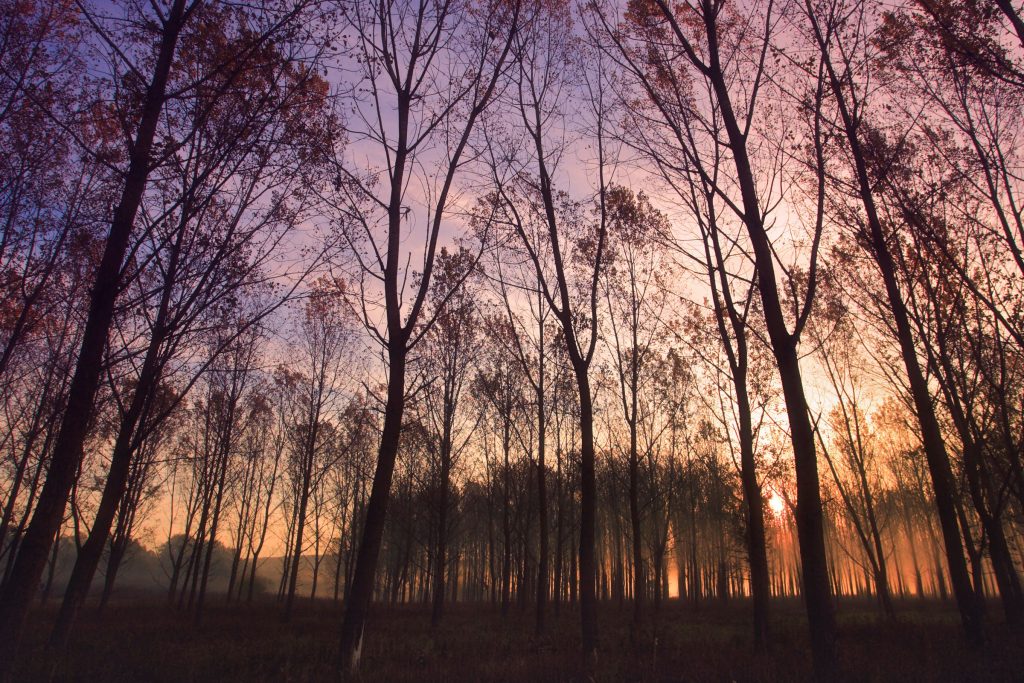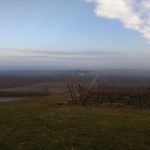As Glas Slavonije writes, Željko Labaš follows the situation in the forests of the Bizovac region and its surroundings with great love and attention.
Truffles were sought in this area as early as 1777.
“Due to its geographical position, it is understandable that seekers in Istria were the first to find out about the value of truffles, and I would say that they also had good marketing, so they raised their white truffles to the world level and are able to price them from one hundred to several thousand euros per kilogram, depending on quality. However, although the first written trace of truffle hunting in Istria dates back to 1924, Slavonia has a great advantage, because the Austro-Hungarian imperial governor Otto von Tauben mentioned the search for truffles in this area in 1777”, Labaš reveals.
According to him, when our ancestors took their pigs to graze in Slavonian forests, they noticed that the pigs with their extraordinary sense of smell, in addition to acorns, would find some “tubers” and eat them with great pleasure. And while there was no particular reaction to this in the area, the Istrians decided to get dogs from Italy to look for truffles and start a big business.
A few years ago, however, there was a change in the research and search for truffles. Istrians kept their brand of white truffles, but enthusiasts in the Pannonian area from the Sutla to the Danube came to their senses and confirmed that Pannonian forests are richer in truffles than Istria, particularly black truffles. Željko Labaš says that Varaždin County has gone the furthest, and at the request of the Novi Marof Tourist Board financed four months of research during which it was determined that there are as many as four species of black truffles in Kalnik and the surrounding forests. During the Boletus Days festival in Paka, there was a demonstration exercise for finding truffles, and these fungi were included in the gastronomic offer especially appreciated by Germans, visitors to local holiday homes. The search began in Petrinja, through the Lonjsko Polje Nature Park, where the Russula mushroom association successfully finds truffles.
Poor man’s truffle
“Veterans of the homeland war joined in the truffle search as, they say, there is no better therapy for PTSD – outdoors, active, with your best friend, a dog, enjoying an unsurpassed sense of freedom. I must also mention Matija Josipović, the author of several manuals and a great connoisseur from the area of Kutina – Novska. The truffle connoisseurs closest to us are Hrvoje Knežević from Našice, who works with the Mushroom Association on a beautiful and well-attended exhibition of Slavonian forest mushrooms, and Darko Adamović from Koška, with whom I have worked for years and he has always got beautiful mushrooms, chanterelles and black trumpets. I state this information because, in Europe, these black trumpets are known as the “poor man’s truffle”, since they have the same effect as the famous Istrian white truffle, which is considered an aphrodisiac”, says Labaš.
Unlike Boletus mushrooms, truffles can also be artificially grown on the roots of hazelnuts or hornbeams, which requires a lot of knowledge and patience.
“It took us a whole century to understand the wealth of Slavonia from the Austro-Hungarian Monarchy. All this, thanks to persistent enthusiasts – from top wines, to old cattle species, today we can round off the beauty of Pannonia with the addition of truffles to its gastronomic, tourist, and recreational offer”, comments Labaš.
When it comes to ways of finding this prized and expensive delicacy, Labaš prefers specially trained dogs.
“Every hunting dog can be trained to look for truffles, but the Lagotto Romagnolo breed is the most skilled. These dogs have a long history in hunting from the 15th century as the so-called water dogs who used to pull the hunted game out of the water. At one point, someone realised that because of their exceptional sense of smell they could also be used to search for truffles. The price of a Lagotto Romagnolo is acceptable these days, starting from 500 euros. These small, shaggy big-eyed puppies are incredibly lively and adore their owner and families. Their training is a little different from training dogs to search for mines and narcotics. It consists of several phases, and from the beginning, the owner must be with the dog at all times. An introduction follows to the forest, the smell of truffles, and how to act when you find it. Training is the most expensive part, so the price of a well-trained truffle-seeking dog reaches that of a good car” says Labaš, adding that pigs can also be trained to search for truffles because they have a better sense of smell, the disadvantage being that they don’t really like sharing the yummy mushroom, and it could be complicated to transport them through forests.
For more, make sure to check out our lifestyle section.










